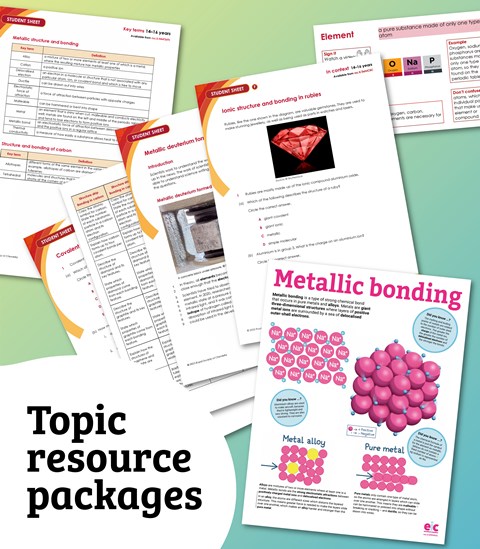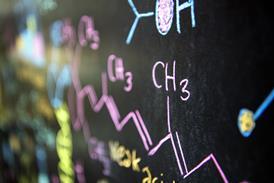All Food articles – Page 3
-

-
 Job profile
Job profileAssociate principal scientist, food
Robert builds computer models to predict how different food chemicals will enhance the taste and texture of chocolate, biscuits and other snacks
-
 Feature
FeatureChemists hold the key to perfect cheese
Bacterial enzymes play a crucial role in cheesemaking and food chemists take advantage of their role to develop new cheeses
-
 News
NewsMicrobes and renewable energy turn carbon dioxide into edible protein
A new process uses microbes and renewable energy to make proteins for human consumption
-
 News
NewsCatalyst metal recovery adds greener notes to whisky production
Magnetite nanoparticles recover copper waste from whisky manufacturing process
-
 News
NewsPoly(ionic liquid)s act like taste buds for simple sugars
New system could find use in food monitoring or disease detection
-

-
 Magnificent molecules
Magnificent moleculesHydrochloric acid
The science behind one of the most commonly used laboratory acids
-

-

-

-
 Magnificent molecules
Magnificent moleculesEthanoic acid
Hayley Bennett reveals the science behind everyone’s favourite household acid
-

-
 News
NewsGenes that make lemons sour revealed
Don’t end your lesson on a sour note; start it with this starter slide on strong and weak acids
-

-
 Resource
ResourceAsparagus pee
A video explaining that asparagus should be cooked in butter rather than water because the molecules responsible for its flavour are water-soluble, and a worksheet about the molecules responsible for ‘asparagus pee’.
-
 News
NewsThe science of sweeter sugars
The sweetest saccharides form the strongest and shortest hydrogen bonds
-
 News
NewsMineral filters cut carcinogens in smoked foods
Cutting edge science research with a consumer application
-
 Resource
ResourceHow hot are chilli peppers?
This resource explores the chemistry of capsaicinoids and the properties they give to chillies.
-
 Resource
ResourceThe science of ice cream
Videos discussing the science of ice cream with, celebrity chef, Heston Blumenthal.











